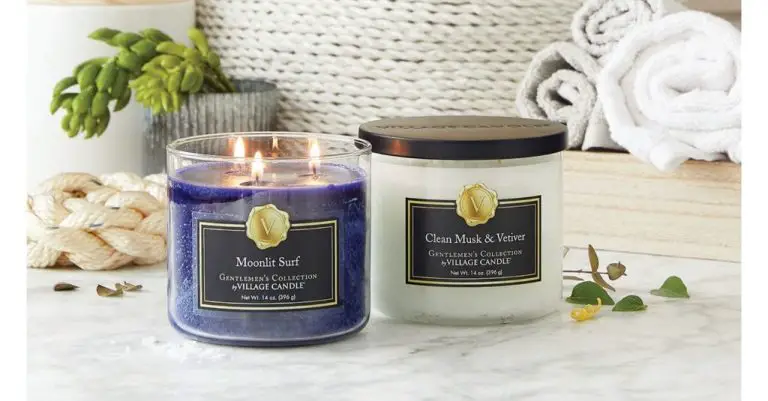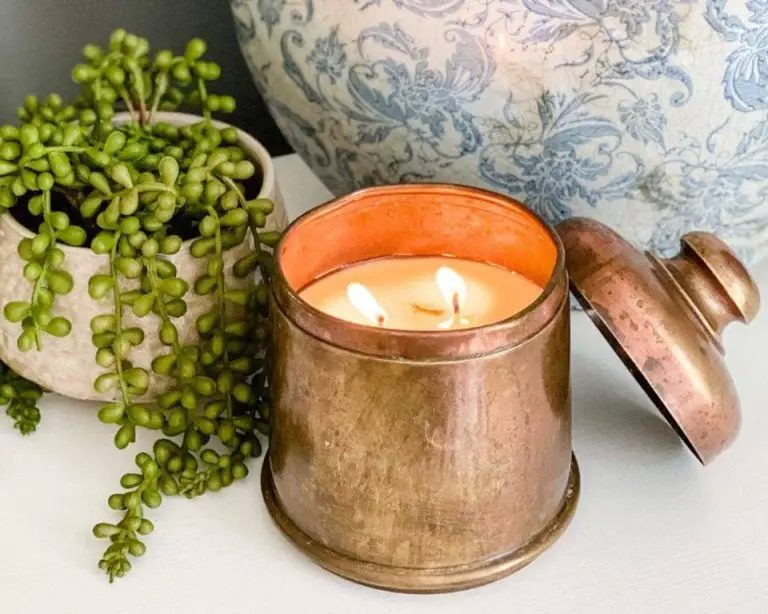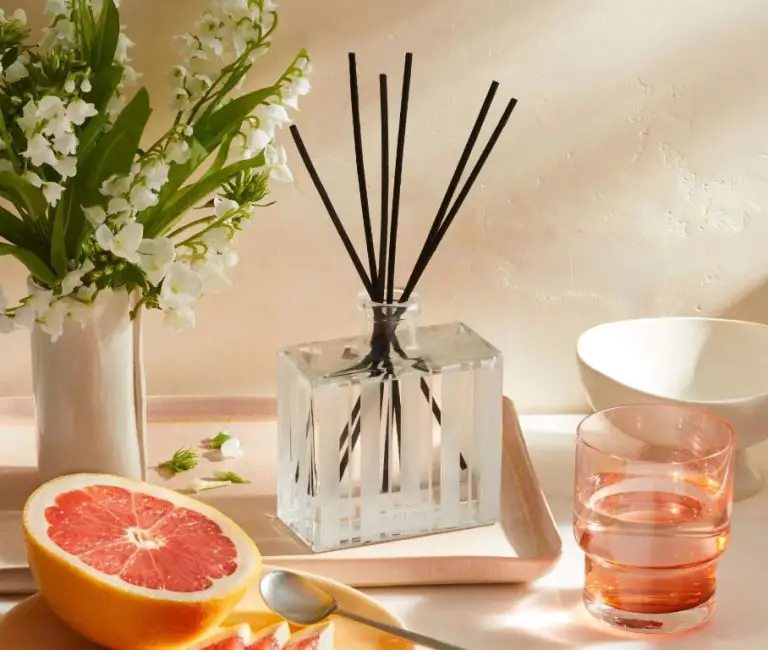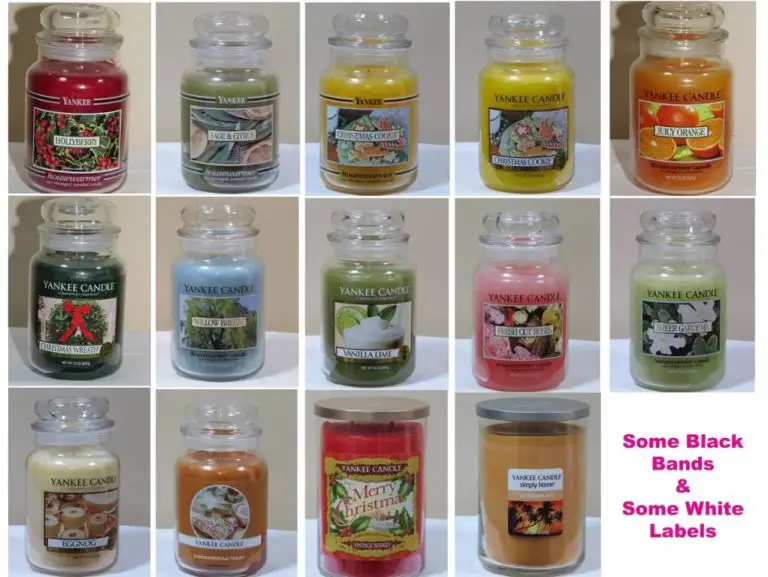Why Is It Called A Tealight?
A tealight is a small candle that is in a thin metal or plastic cup so that the candle can liquefy completely while lit (https://en.wikipedia.org/wiki/Tealight). In this article, we will explore the origin and history behind the name “tealight” and how these small candles came to be called that. We’ll look at the history of candlelight, the early origins of the tealight itself, how the name developed and possible connections to tea culture, the key design elements that characterize a tealight, different uses for tealights, safety considerations, and the tealight industry today.
History of Candlelight
Candles have been used for light and decoration for over 5,000 years, dating back to Ancient Egypt and Ancient Rome. The earliest candles were made by soaking reeds or wicks in melted tallow (animal fat). These simple rushlights or torches provided some of the first artificial light used by humans (History – National Candle Association, https://candles.org/history/). Candles were a vital source of light for people around the world before the invention of electricity. Their portability also allowed people to bring light into dark spaces like mines and caves.
Small candles emerged in different cultures across history. Shorter candles made in molds became popular in Colonial America because they did not require constant attention like the longer extruded candles. In China during the Qin Dynasty, delicate candles were made in molds carved from limestone and filled with wax made from insects and seeds (History of candle making, https://en.wikipedia.org/wiki/History_of_candle_making). These early predecessors to modern tealights made candlelight more convenient and accessible.
Origins of the Tealight
The exact origins of the tealight are unknown. According to the Pyramid Glass website, no one knows who invented the tealight candle originally [1]. Tealights likely originated from the candle-heated tea culture in East Asia, where small candles were used to keep tea hot in ceramic pots. These early candle-heated devices were precursors to the modern tealight.
Tealights as we know them today emerged as a popular consumer product in the late 1980s and 1990s. They were designed as a small, inexpensive, disposable candle in metal or plastic cups. The metal cup conducts heat and allows the tealight wax to liquefy completely while burning. Tealights became widely available at grocery and retail stores, providing an affordable candle option.
Though the inventor remains unknown, the tealight’s origins trace back centuries as a solution for heating tea. Its convenient design grew into a consumer product in the late 20th century.
The Tea Light Name
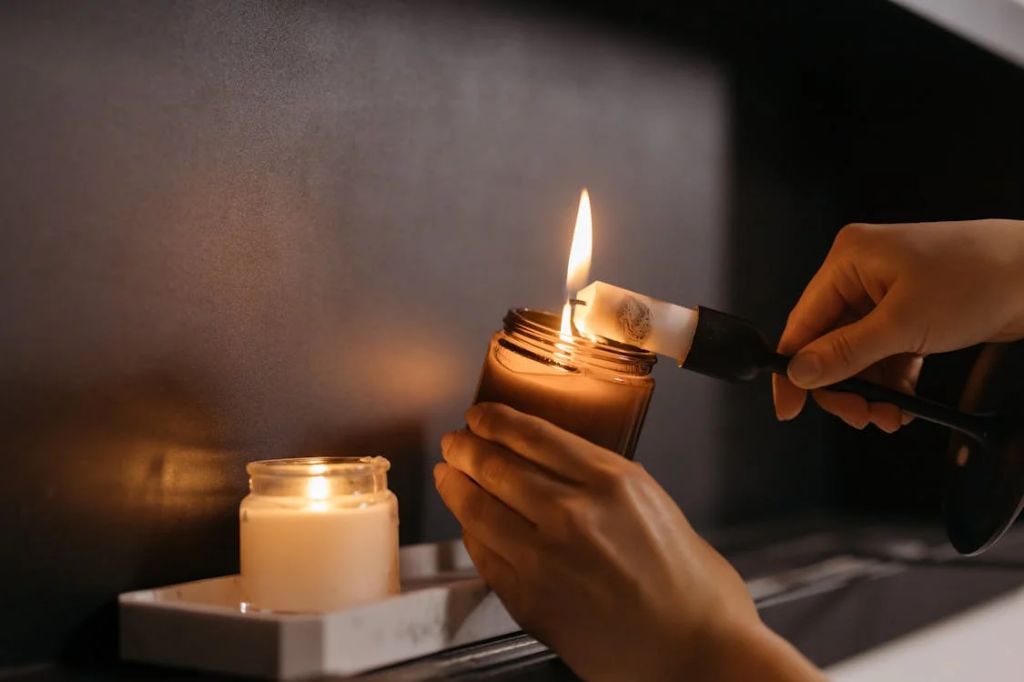
The name “tea light” comes from the historical use of small candles to keep a pot of tea warm. According to Pyramid Glass, “The Japanese initially used tealights for keeping the tea warm during the Japanese Tea Ceremony dating back to the 17th century.” 1 The warmth provided by the small candle kept the steeping tea from cooling down too quickly while the ceremony was performed.
Tea culture has a long history in many parts of the world, but especially in East Asia. The Japanese Tea Ceremony, or “Chanoyu,” dates back hundreds of years and is rooted in Zen Buddhism. It is a ritualized process of preparing and presenting matcha green tea for guests. During the lengthy ceremony, a candle was used under the tea pot to maintain the optimal steeping temperature. These small candles became known as “tea lights” because of their specific use in tea culture.
The name stuck even after tealights transitioned from solely ceremonial use to more general lighting purposes. While not always used for tea today, the origins of keeping tea warm helps explain why these small candles are called tealights.
Tea Culture History
Tea culture originated in ancient China, dating back nearly 5,000 years. Tea was first consumed as a medicinal beverage. Over time, unique traditions and rituals developed around the cultivation, preparation, and consumption of tea in China and other parts of Asia. Tea lighting became an integral part of tea culture.
Small, portable candles were used to heat water and keep teapots warm during tea preparation and service (Tea culture). The candles also provided gentle lighting for tea rooms. Special candleholders were designed to securely hold the candles. This allowed tea candles to be moved around safely.
As tea culture spread across the world, the use of candles to light tea ceremonies was adopted in different regions. For example, Japanese chanoyu ceremonies incorporated candles for lighting and heating. Candle-lit tea parties also became fashionable in Victorian England.
Tealight Design Elements
Tealights have a very distinctive design that sets them apart from other types of candles. The name “tealight” refers to the fact that these small candles are typically encased in thin metal cups. This metal cup acts as both a holder and a heat shield to contain the melted wax.
Tealights are designed to be compact and portable. A typical tealight is 1-2 inches wide and 0.5-1 inch tall. They come in a variety of common shapes like rounds, squares, hearts, and tapers. The small size allows tealights to fit into candle holders, small dishes, and other containers with ease.
The metal cup helps regulate the burn time and control the flame. It transfers heat from the flame to melt the wax while also preventing excess melting and heat damage. The thin metal ensures the tealight doesn’t get too hot to handle. Tealights are meant to provide gentle, subtle lighting. The cups also catch any excess wax.
While most metal tealight cups are made from aluminum or steel, decorative options exist in other metals like copper and bronze. The base often has a pattern of small holes to allow oxygen to reach the flame. High quality tealights have seamless cups with rolled edges for safety.
Source: https://www.pinterest.com/ideas/tealight/929072758959/
Tealight Uses
Beyond basic lighting, tealights can be used creatively in a variety of ways:
Tealights can be placed in glass jars or lanterns to create attractive accent lighting and ambiance. The flickering flame coming through colored glass creates a soothing glow. One Green Planet suggests repurposing mason jars to make DIY lanterns with tealights.
The heat from a tealight can be used to warm scented oils and perfume a room or space. Firefly Fuel recommends placing tealights under oil warmers or ceramic diffusers to disperse essential oils.
Tealights can provide focused heat for small cooking tasks like melting chocolate or cheese fondue. Their size makes them convenient for heating single servings.
Groupings of tealights can be arranged to decorate paths and walkways, especially for special occasions and events. Their small size makes them ideal to line steps and edges.
Tealights are commonly used in centerpieces, altar displays, and table decor because they add flickering ambiance without taking up much space.
Tealight Safety
When used properly, tealights can provide warm, cozy lighting. However, like any open flame, tealights can pose fire hazards if not used carefully. According to Devon Wick, tealights should only burn for the recommended time, usually 4 hours, and should never be left unattended (source). The Fair Trade Store recommends placing tealights in a proper holder on a stable, non-flammable surface away from drapes, furniture, and other flammables (source). Allowing the wax or container to touch flammable surfaces can lead to fire. Proper tealight holders that fully contain the flame are essential. According to eHow, glass, ceramic, or metal are suitable materials, whereas plastic or paper are not recommended (source). Tealights also produce heat that can burn skin, so they should be kept out of reach of children and pets. With care, tealights can be an inexpensive way to add cozy, ambient lighting to a space.
Tealight Industry Today
The global tealight market size was valued at USD $4.28 billion in 2023 and is projected to reach USD $6.01 billion by 2030, growing at a CAGR of 5.04% from 2024-2030 according to Verified Market Research.
Tealights remain popular worldwide for their ambiance and fragrance. In the US, sales of tealights reached USD $2.15 billion in 2022. Key growth factors include rising demand for home fragrance products and growth of the spa and aromatherapy industries. Scented and colored tealights are driving much of the market growth.
Major global manufacturers include Yankee Candle, Bath & Body Works, SC Johnson, and Village Candles. Competition is high, with companies investing in new fragrances, designs, and marketing campaigns. Environmentally-friendly soy and beeswax tealights are also gaining share as consumers demand sustainable products.
The tealight industry is expected to see steady growth. Market trends like customization, new shapes beyond the traditional round style, and seasonal offerings will further spur consumer demand. Overall, tealights remain a staple candle product worldwide with a strong industry outlook.
Conclusion
In summary, tealights derive their name from their history of use in teatime rituals and their small, portable size reminiscent of a flickering teacup candle. The name evokes cozy tea ceremonies, reflecting the intimate, atmospheric lighting the mini candles provide. While they may not literally be used at afternoon tea anymore, the “tea light” moniker connects today’s versatile tealights with their cultural origins. The diminutive size sets them apart from standard candles, leading manufacturers to adopt the distinctive tea-inspired term. So although tealights have expanded beyond tea tables, their name continues to nod to their beginnings as dainty illuminators of teatime tradition.


